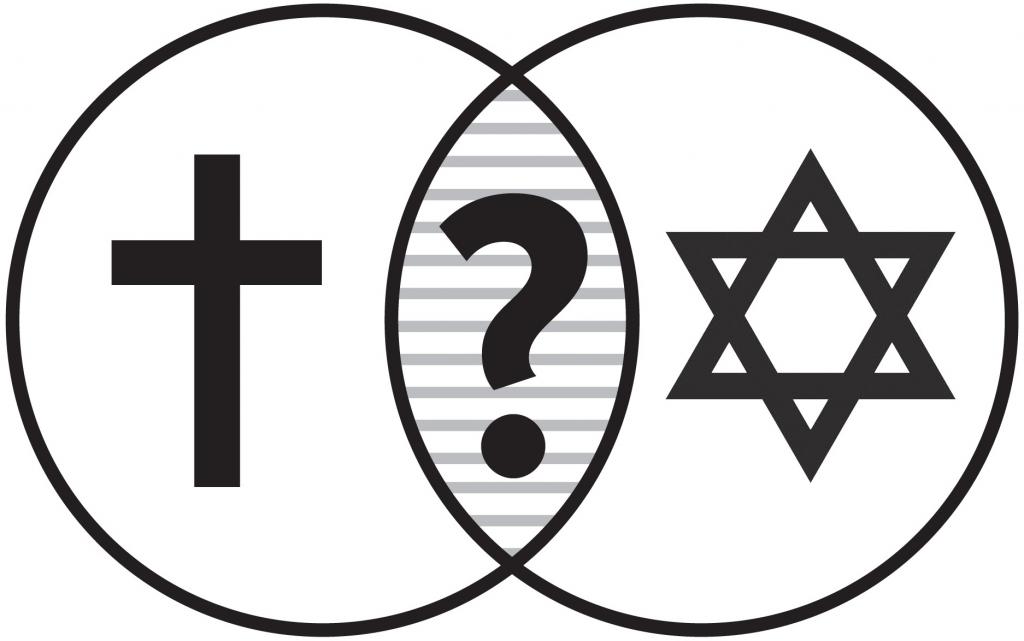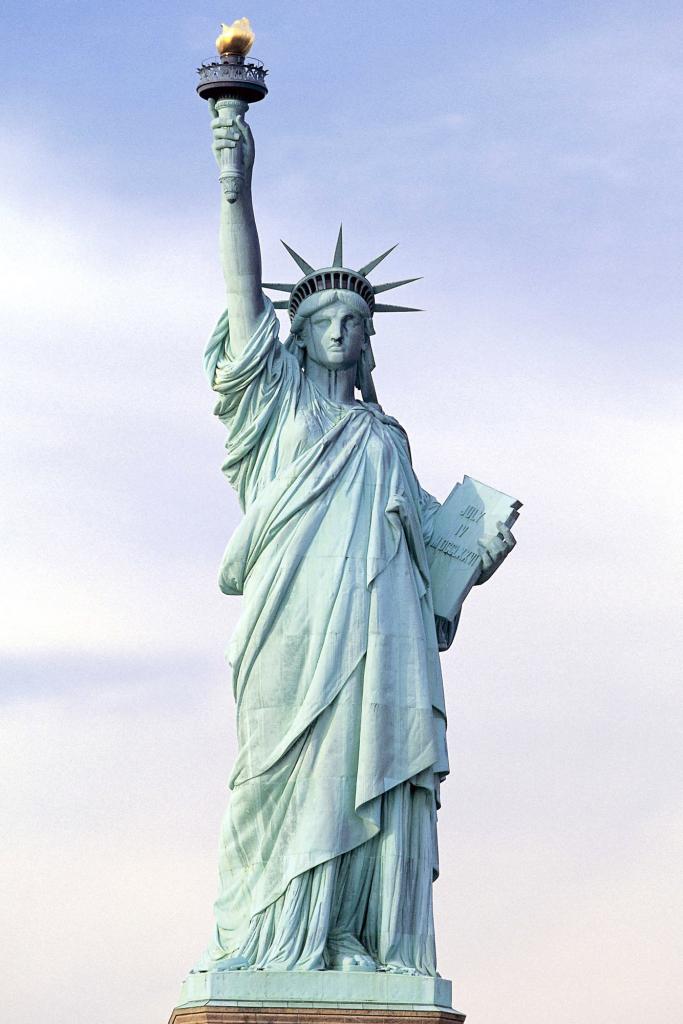Liberal conservatism includes the classic liberal view of minimal state intervention in the economy, according to which people should be free, participate in the market and receive wealth without government intervention. However, people cannot be completely autonomous in other areas of life, so liberal conservatives believe that a strong state is necessary to ensure the rule of law and the social institutions necessary to strengthen a sense of duty and responsibility towards the nation. This is a political position that also supports civil liberties along with some social conservative positions and is usually regarded as center-right. In Western Europe, especially in Northern Europe, liberal conservatism is the dominant form of modern conservatism and also takes some social-liberal positions.
The essence of the term
With terminology, everything is very curious. Since “conservatism” and “liberalism” had different meanings depending on the epoch and on a particular country, the term “liberal conservatism” was used in completely different ways. It usually contrasts with aristocratic conservatism, which rejects the principle of equality as something that conflicts with human nature, and instead emphasizes the idea of natural inequality. Since conservatives in democracies adopted typical liberal institutions, such as the rule of law, private property, a market economy, and constitutional representative government, the liberal element in liberal conservatism has become a consensus among conservatives. In some countries (for example, in the United Kingdom and the United States) this term has become synonymous with “conservatism” in popular culture, which is why other more rigid right-wingers, in order to dissociate themselves from mainstream right-wingers, began to call themselves either reactionaries, or libertarians, or altraits (alternative right).

Liberal conservatism and conservative liberalism
However, in the United States, conservatives often combine the economic individualism of classical liberals with a moderate form of conservatism, which emphasizes natural inequality between people, the irrationality of human behavior as the basis for the pursuit of order and stability, and the rejection of natural rights as the basis for government. However, on the other hand, the American right-wing agenda (as a hybrid of conservatism and classical liberalism) adopted the three principles of bourgeois reactionism, namely, the uncertainty of state power, the preference for freedom over equality and patriotism, rejecting the three remaining principles, namely loyalty to traditional institutions and hierarchies, skepticism regarding progress and elitism. Consequently, the term “liberal conservatism” is not used in the United States, and the American term “liberalism”, which occupies the left center of the political spectrum, is very different from the European concept of this ideology. But not everywhere things are like in the USA. In Latin America, for example, there is a somewhat opposite understanding of both ideologies, because there economically liberal conservatism is often understood as neoliberalism - both in popular culture and in academic discourse.

Far right and moderate right
The European liberal (moderate) right is clearly distinguished from those conservatives who have adopted nationalist views, sometimes reaching the extreme right of populism. In most of central and northwestern Europe, especially in Germanic and traditionally Protestant countries, the distinction remains between conservatives (including Christian Democrats) and liberals.
Differences between European countries
On the other hand, in those countries where moderate-right movements have recently entered the political mainstream, such as Italy and Spain, the terms “liberal” and “conservative” can be understood as synonyms. That is, right-centrism and liberal conservatism there have essentially become one. Moreover, this is far from the case only in the European Union. Do not forget that European parliamentary democracy for many countries is a role model. On the other hand, in some countries neighboring the European Union, their understanding of many ideological issues. For example, liberal conservatism in Russia, represented by the ruling United Russia party, is a much tougher, more reactionary and authoritarian political force than is common in the EU countries.
Features
Supporters of the ideology in question, with rare exceptions, advocate the need for a free market economy and personal civic responsibility. Often they oppose any form of socialism and the "welfare state." Compared to the traditional policies of the center-right, for example, compared to the Christian democrats, supporters of liberal conservatism (whose opinions often differ on many issues) are less traditionalistic and more liberal in financial matters, preferring low taxes and minimal government intervention in the economy.
EU countries
In modern European discourse, this ideology usually implies center-right political views, which at least partially reject social conservatism. This position is also related to supporting moderate forms of social protection and the environment. In this sense, “liberal conservatism” was supported, for example, by the Scandinavian conservative parties (the Moderate Party in Sweden, the Conservative Party in Norway and the National Coalition Party in Finland).
Former British Prime Minister Cameron in an interview in 2010 said he always called himself a “liberal conservative.” In his first speech at the Conservative Party conference in 2006, he defined this position as a belief in individual freedom and human rights, but was skeptical of “big schemes for redivision of the world” (implying left-wing ideologies).
Story
Historically, in the 18th and 19th centuries “conservatism” included a number of principles based on caring for the established tradition, respect for authority and religious values. This form of traditionalist or classical conservatism is often seen as the basis for the writings of Joseph de Mestre in the next era after the Enlightenment. The then "liberalism", which is now called classical liberalism, advocated political freedom for individuals and a free market in the economic sphere. Such ideas were promulgated by John Locke, Montesquieu, Adam Smith, Jeremy Bentham and John Stuart Mill, who, respectively, were remembered as the fathers of classical liberalism, who advocated the separation of church and state, economic freedom, utilitarianism, etc. On the basis of these ideas at the end of the last century, liberal conservatism began to emerge.
Other features
According to scientist Andrew Vincent, the principle of this ideology is “economics before politics”. Others emphasize openness to historical change and an incredulous attitude to the rule of the majority, while supporting individual freedoms and traditional virtues. However, there is general agreement that the initial liberal conservatives were those who combined a purely right view of social relations with economically liberal positions, adapting the previous aristocratic understanding of natural inequality between people to the rule of meritocracy.